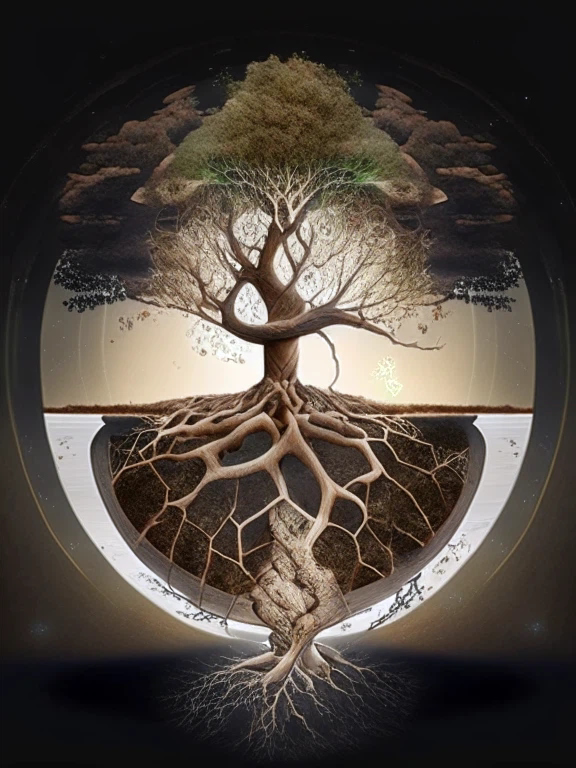|
Part of a Series: THE ART OF LIMITLESS LIVING 001 THE ART OF LIMITLESS LIVING 002 THE ART OF LIMITLESS LIVING 003 THE ART OF LIMITLESS LIVING 004 THE ART OF LIMITLESS LIVING 005 THE ART OF LIMITLESS LIVING 006 THE ART OF LIMITLESS LIVING: The Joy, Possibility, and Power of Living a Heart-Centered Life by Melissa Joy Jonsson MELISSA JOY WEBSITE Whole Human blog post: O SPHERE OF LIGHT ART OF LIMITLESS LIVING 003
EMOTIONS, FEELINGS, EGO AND EMPATHY Excerpts from THE ART OF LIMITLESS LIVING by Melissa Joy Jonsson The center of emotions is controlled by the sensate system of the reptilian brain, which picks up enormous amounts of data, eliciting feeling even before thought. - Pg 106 So, what is the difference between an emotion and a feeling? Although the two terms are often used interchangeably, some scientists propose they are not the same.... .... emotional reaction occurs automatically and unconsciously. Feeling occur after we become aware in our brain of such physical changes; only then do we experience the feeling of fear. So first we emote. Then we think. Then we identify, interpret, and label. Then we feel. - Pgs 106-107 In my experience, when I am in my heart and I get an intuitive impulse, it will come with a strong sensation but without a charge. In other words, I don't feel polarized or pulled by the information in a particular direction (toward the impulse or away from the impulse). In that emotive sensing, there is not a particular thought or feeling (which can be a thought with a charge) associated with the sensation. Rather, the intuition is just information. Pure emotion. Typically I will feel the sensation as information in my physical body, as all emotions run through the nervous system. I will then ask from my heart: If I could describe this information, what images, symbols, or streams of thought enter my awareness? ... The Joy and power of heart-centered awareness is that our guidance (guides and guidesses) cease to be something outside of ourselves that we need to perpetually access for information. Through connection to the field of the heart, we become the unlimited satellite receiver with 24/7 attunement to our intuition channels from within. We embody our True Authentic Self (TAS) and become one with limitless information — integrity, undivided within our house of self. Our individual house of consciousness becomes the trusted heart of home. - Pg 108 Empathy is not a weakness. Empathy is a strength that does not require protection. When we know how to mind our state, leveraging compassionate empathy, we become a vehicle for emotional intelligence and a catalyst for humanity. Heart-centered awareness enables us to access compassionate empathy while maintaining our center, power, Joy, and personal perspective, no matter what emotions surround us. - Pgs 116 Heart-centered awareness and TAS enable us to create new maps for ourselves (and others), integrating logic, intuition, emotional intelligence, and even ego. Ego gets a bad rap. Did you know the word 'ego' derives from Latin and means 'I'? That's what ego means. I as in 'individual.' Sigmund Freud popularized the term ego in his infamous psychoanalytic theory, developed in 1923. Freud theorized that the psychology of a person comprised three systems, which he termed the id, ego, and superego. These were psychological constructs that were not part of the brain or body. According to Freud, the role of the ego is to moderate and express the immediate gratification impulses of the id in a manner that is acceptable to society. He saw the ego as a necessary component of the psyche. This enables the superego to exercise discernment and morality. According to Freud, balance among id, ego, and superego leads to a healthy personality. Yet, regardless of Freud's emphasis on balance among the three interrelated structures of the personality, the ego has been the target of great ridicule. Many people treat the ego as some cancer in the body that needs to be eliminated or suppressed, as though eradication of the ego would bring forth world peace, let alone inner peace. Over time, the term has been contorted and distorted to mean selfishness, lack of compassion, narcissism, walking all over others to drive a personal agenda, manipulation, deception, and tyranny. The ego has taken on a persona of its own, like some evil character in a horror movie that we have to destroy. Ego is necessary. Ego is our interface with the rest of the world. We can have an authentic healthy ego that allows for us to confidently put our best self forward. It is our healthy ego that dares us to be seen, to be heard, and to be honored as a unique individual. It is our ego that allows for our imagination to actualize into experience. Ego supports the expression of the individual's own uniqueness. A balanced ego is healthy self-esteem. Our ego can be the face of our inner truth. Living as TAS In the WE experience entails a healthy dose of self-love and ego/individuality, balanced by equal compassion for others and a commitment to community. Our wants, needs, and desires are every bit as important as the wants, needs, and desires of others. - Pgs 116-117
0 Comments
Your comment will be posted after it is approved.
Leave a Reply. |
Archives
November 2023
|

 RSS Feed
RSS Feed
